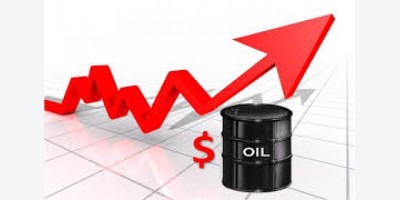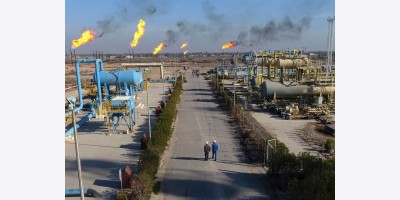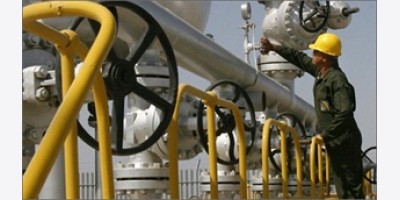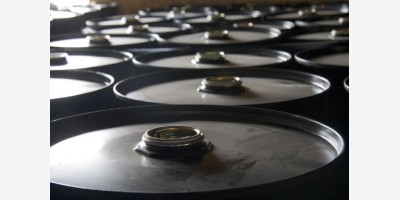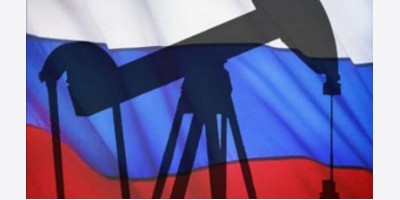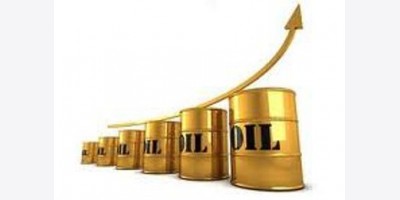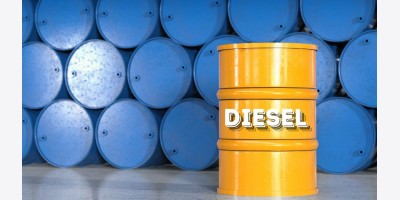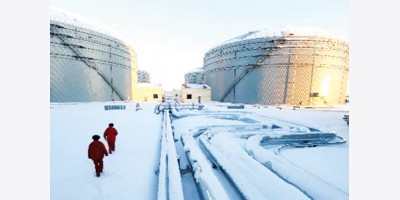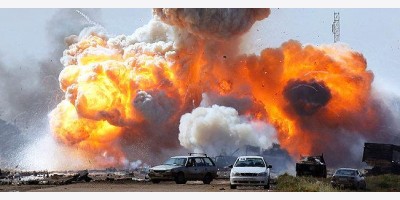“No one can set the price of oil. It’s up to Allah,” said Saudi Arabian Oil Minister Ali al-Naimi in May. But less devout people believe that Saudi Arabia has been trying very hard to set the price of oil – and to set it low. Moreover, it has been remarkably successful, because last week the price of oil was in the mid $40s per barrel, down from just over $100 last May. But Riyadh is not achieving its objective.
Saudi Arabia, like any oil producer, likes a high price for its oil, but since it is very rich and has huge reserves it thinks long-term. Watching American oil production almost double in the past seven years, mainly thanks to the rapid rise of fracking, the Saudis could see that they risked losing their role as the “swing producer” who can raise or lower the oil price just by cutting or increasing its own production.
The only way Saudi Arabia could keep that role was to drive the American frackers out of business. Production costs are secret in the oil world, but the Saudis assumed that the injection of water, sand and chemicals into shale rock at high pressure makes hydraulic fracturing – fracking – very expensive.
So the Saudi strategy is to keep its own production high in order to push the price of oil down. If the price stays low enough for long enough, high-cost producers like the frackers will have to close down. Then, once the competition had been eliminated, Saudi Arabia jacks the price back up by cutting its own production, and the glory days return.
In the meantime Saudi Arabia is losing income too, of course, and oil revenues account for 90 percent of the national budget. It can live on savings for a while, but it needs a fairly quick win.
It would be politically unwise to cut the lavish government spending that keeps the Saudi population happy, and the government is also involved in an expensive war in Yemen. The missing income has mostly been replaced by withdrawals from the country’s huge foreign reserves, estimated a year ago at $700 billion – but those reserves have fallen by $65 billion in the past year.
The Saudis don’t want to run those reserves down too far: without them, it could not afford to play the role of “swing producer,” and would lose most of its diplomatic clout. So last week, for the first time in eight years, Saudi Arabia started selling government bonds, planning to raise $27 billion by the end of the year. The strain is starting to show.
The strain of this attritional battle is also showing in the United States, where various shale oil producers have cancelled or postponed new drilling projects. But the shale producers have consolidated into bigger companies and increased the efficiency of their production processes, and U.S. oil production is actually continuing to grow this year. It is now at about 90 percent of Saudi production.
The brutal fact is that the Saudis are losing this battle. When the U.S. was the biggest producer of oil, before about 1970, it was the swing producer. Within a few years, it will have overtaken Saudi oil production and will be the swing producer again. And there is nothing Riyadh can do about it.
The Saudis made two mistakes. The first was to overestimate the cost of U.S. shale oil production, and assume that any price below about $80 per barrel would make it unprofitable. There are some shale oil plays for which this is true, but the costs vary wildly, according to the local geology, and can be as low as $20 per barrel. Most shale oil is profitable at $60 per barrel, and that proportion is rising rapidly as consolidation proceeds and efficiency rises.
Their other, bigger mistake was to believe that victory was possible at all. When you stop production from a conventional oil well, there is a large permanent loss of flow when you restart production. The pores in the oil-bearing rock clog up, and that permanently reduces the “bottom-hole” pressure that forces the oil to the surface.
Stopping production at a shale-oil site incurs no such loss, since the producers create the pressure themselves. Uncap it, and the flow resumes as before.
So even if the Saudis succeeded in forcing most of the shale-oil sites to close, the shale producers would just turn the flow on again as soon as Saudi Arabia declared victory and cut production to get the price of oil back up.
It will take a little more time for the Saudis to acknowledge their mistake, and they may not even be able to get the price back up to where they need it by cutting production. American production will continue to rise, and Iranian oil will probably also be coming back on the market in a big way by next year.
The Saudis will stay rich, but they will have to cut their spending and they will suffer a permanent loss of influence. Their only consolation will be that Iran, which they see as their greatest enemy, won’t be able to use its oil to buy influence either.
Hurriyet Daily News





